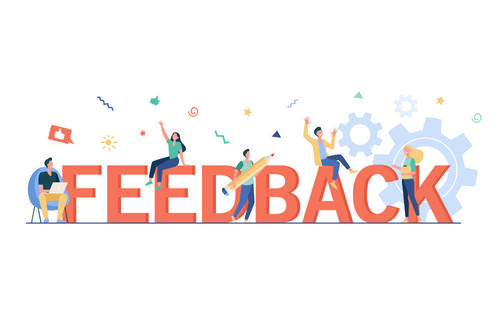Employee Engagement Action Plan template


Our Employee Engagement Action Plan template streamlines efforts to enhance staff involvement, satisfaction, and commitment for a thriving workplace.
- Includes template + 15-minute call with an expert.
- Instantly download as Word / PDF / plain text, or send by email.
- 12 months’ access, with all updates to this page provided free of charge and notified to you.
- 581 words over 2 pages.
- Last updated 09/11/2025.
- UK-specific accuracy.
- Suitable for use in other territories; check local laws first.
Employee Engagement Action Plan
Introduction
Employee engagement is a key driver of organisational success, contributing to higher productivity, increased retention, and improved morale. This Employee Engagement Action Plan outlines specific strategies and initiatives to enhance engagement levels within our organisation.
Objective
The objective of this action plan is to create a supportive and engaging work environment where employees feel valued, motivated, and committed to achieving organisational goals.
Action Plan
-
Employee Feedback and Communication:
-
Conduct regular employee engagement surveys to gather feedback on job satisfaction, communication effectiveness, and overall engagement levels.
-
Establish channels for open communication, such as suggestion boxes, town hall meetings, and anonymous feedback platforms.
-
Implement a transparent communication strategy to keep employees informed about organisational changes, goals, and initiatives.
-
-
Recognition and Rewards:
-
Develop a formal employee recognition program to acknowledge and celebrate outstanding performance, achievements, and contributions.
-
Provide opportunities for peer-to-peer recognition to foster a culture of appreciation and teamwork.
-
Offer personalised rewards and incentives based on individual preferences and
-
You're currently viewing a limited preview. For instant full access, purchase this item or a parent bundle.
The Employee Engagement Action Plan template serves as a structured framework for organisations to enhance employee engagement levels and foster a positive work environment. It outlines actionable steps and initiatives aimed at understanding, addressing, and improving various aspects of employee engagement, such as communication, recognition, and professional development opportunities.
By providing a clear roadmap and set of strategies, the template enables organisations to systematically identify areas for improvement and implement targeted interventions to boost employee engagement.
Moreover, the Employee Engagement Action Plan template facilitates collaboration and alignment between different stakeholders within the organisation, including leadership, HR professionals, and frontline managers. By involving various levels of management and departments in the planning and implementation process, the template promotes ownership and accountability for driving employee engagement initiatives. This collaborative approach ensures that the action plan reflects diverse perspectives and insights, leading to more effective and sustainable improvements in employee engagement across the organisation.
Frequently Asked Questions
Frequently Asked Questions
-
Can I use this template in my small business?
Yes. The Employee Engagement Action Plan template is designed to be flexible and suitable for organisations of all sizes, including small businesses and charities. It follows UK employment law best practice, so even if you don't have an in-house HR team, you can confidently apply it.
-
Is this template compliant with 2025 UK employment law?
Absolutely. All of our templates are drafted with the latest ACAS guidance and UK employment legislation in mind. We review and update them regularly, so you can be confident they remain compliant.
-
Can I customise it for my organisation?
Yes, we highlight the areas that you need to update with your own details, and where you need to make decisions to suit your situation. This saves you time and ensures that you meet best practice.
-
Do I get instant access?
Yes. Once purchased, you'll be able to download it instantly. Templates are provided in editable Word or Excel format so you can customise them easily, and in PDF format for easy sharing.
-
What if I need more help, not just this template?
If you're looking for broader support, we also offer toolkits and library bundles that include this template, along with other HR templates and policies for fully managing your situation. These may be more cost-effective if you need deeper advice.
-
Why should I use this, and not AI to generate this template?
The risk of using a free AI-generated template 'without review' includes your legal exposure, missing context, and no awareness of the wider process. Purchasing from us mitigates that risk.